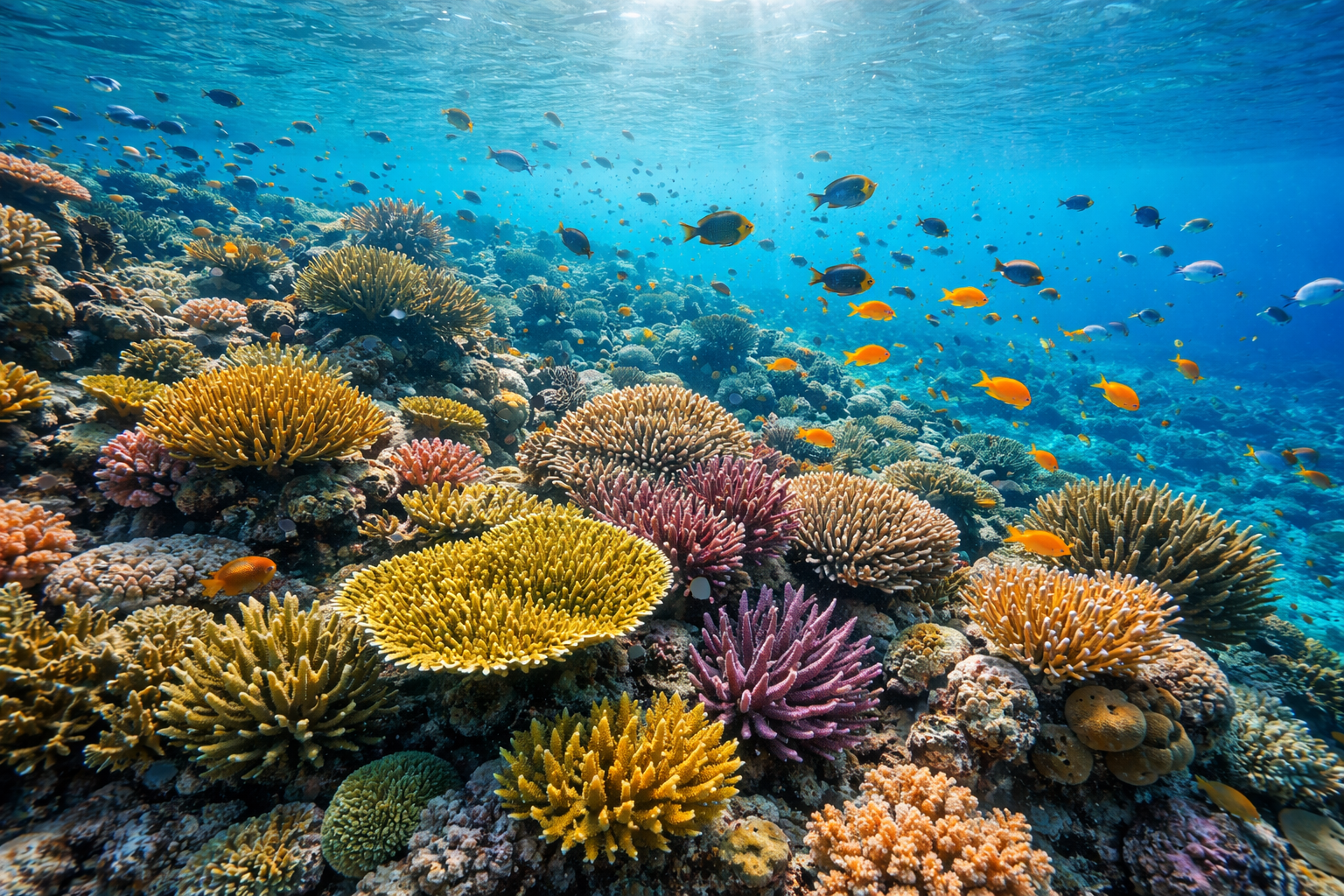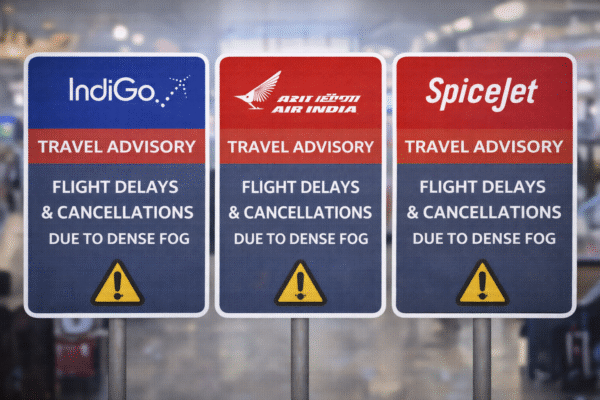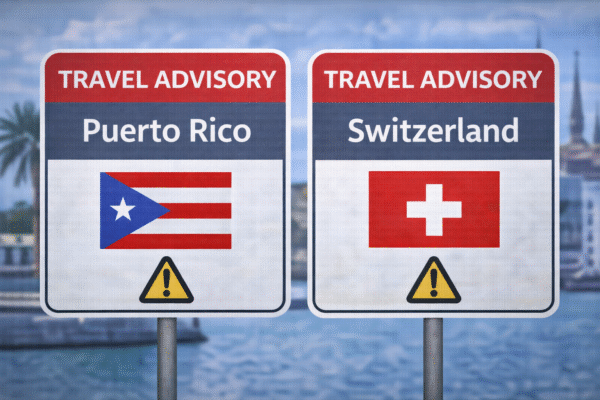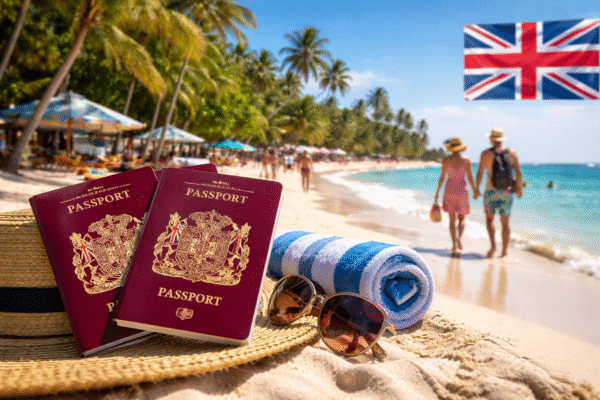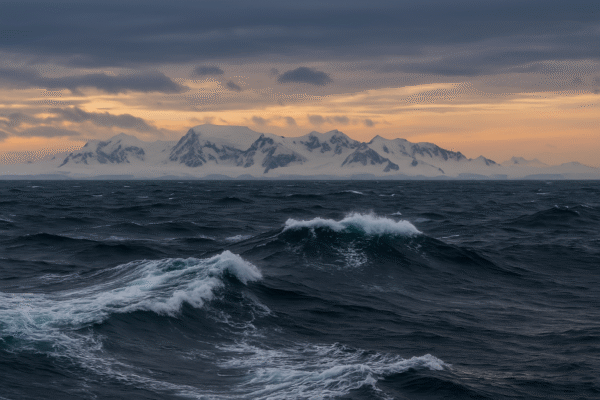Late on Thursday, August 21, 2025, a significant magnitude 7.5 earthquake rattled the isolated waters of the Drake Passage, the turbulent marine channel bridging South America and the Antarctic Peninsula. The quake occurred at 11:16 p.m. Argentina local time, approximately 710 kilometers southeast of Ushuaia, at a relatively shallow depth of 10.8 kilometers—a combination that can amplify surface effects even in remote regions.
This seismic disturbance triggered a swift tsunami advisory for parts of Antarctica, issued by Chilean authorities, though it was not followed by evacuation orders in Chile or Argentina. Officials later confirmed that the tsunami threat had subsided.
Geological Context & Tourism Considerations
The Drake Passage, renowned for its powerful Southern Ocean currents and towering waves—sometimes exceeding 80 feet (24 m)—is a mythic gateway for adventurous explorers and oceanic researchers alike. Though not typically a hotbed of seismic activity, this region sits at the crosshairs of tectonic interplay between the Scotia Plate, Antarctic Plate, and South American Plate. This hidden fault zone does occasionally awaken, as illustrated by the recent tremor.
While the quake caused no immediate harm—thanks largely to the vast expanse of unpopulated seas—it underscores a crucial truth: even remote regions accessible only via cruise or scientific expeditions are intertwined with dynamic Earth processes.
Tourism Impact & Safety Update
If you’re planning to explore this rugged frontier via Antarctica cruises or expedition voyages around Cape Horn or the Beagle Channel, here’s what to know:
- No ports or settlements reported damage, and there have been no evacuation orders issued.
- Tsunami risk has been lifted, but authorities remain vigilant, especially regarding Antarctic shorelines.
- Tour operators and expedition teams are monitoring the situation closely. If you’re booked on a nearby route, you may expect slight itinerary adjustments—especially if your trip includes Antarctic coastal landings or beach visits.
- Safety protocols aboard ships include seismic and wave motion sensors; crews regularly conduct drills and stay alert to advisories from NOAA and Chile’s maritime services.
Traveler’s Guide to the Drake Passage & Antarctic Ventures
Though the quake sent ripples through media headlines, the Drake Passage remains a bucket-list marvel—pristine, dramatic, and profoundly wild. Here are key highlights for prospective travelers:
Why Visit the Drake Passage?
- Biodiversity Hotspot: Witness albatross and petrel colonies, playful seals, majestic humpback whales, and orcas riding the swell.
- Epic Seascapes: Sail through swirling eddies under towering skies and witness sunrise or sunset over wild waters.
- Polar Gateway: For many, the Drake Passage is the thrilling transit to and from the Antarctic continent—it embodies the blend of awe and challenge that polar expeditions promise.
Best Travel Tips
- Timing Matters: The austral summer (November–March) offers calmer seas and manageable conditions—though Drake Passage waters are famously unpredictable anytime.
- Choose Reputable Expedition Operators: Look for vessels equipped with stabilizers, experienced crew, and flexible itineraries sensitive to weather and seismic conditions.
- Invest in Sea-sickness Gear: These waters can test even seasoned travelers—ginger lozenges, patches, or medications can be game-changers.
- Stay Weather-Aware: Keep an eye on marine weather updates and be prepared for sudden shifts in sea or sky.
- Prioritize Safety: Attend briefings on emergency and evacuation procedures. Ships are well drilled, but traveler awareness elevates safety.
The Bigger Picture: Earth’s Living Landscape
This seismic event is a timely reminder that even the world’s most remote corners are part of our planet’s restless crust. The Drake Passage, while serene in imagery, sits amid tectonic forces capable of sending waves and quakes when the crust shifts. For tourism, this means embracing awe alongside vigilance.
- Scientific interest in the region is rising, with researchers using quakes like this to better map and understand underwater faults and plate boundaries.
- Conservation tourism is gaining momentum; visitors with a penchant for enhancing scientific and ecological awareness find new fulfillment in these expeditions.
Final Thought
The August 21 quake has faded from headlines, but its legacy underscores a core truth of travel in remote destinations: nature is unmatched in beauty and unpredictability. The Drake Passage remains both a portal to one of Earth’s last wild frontiers and a tangible classroom of geological motion. For bold explorers, it beckons—with respect, preparation, and wonder.
Whether you’re charting the path through roaring seas or tracing the ridges beneath them, the Drake Passage invites discovery—on water, in earth, and within ourselves.
For more travel news like this, keep reading Global Travel Wire

